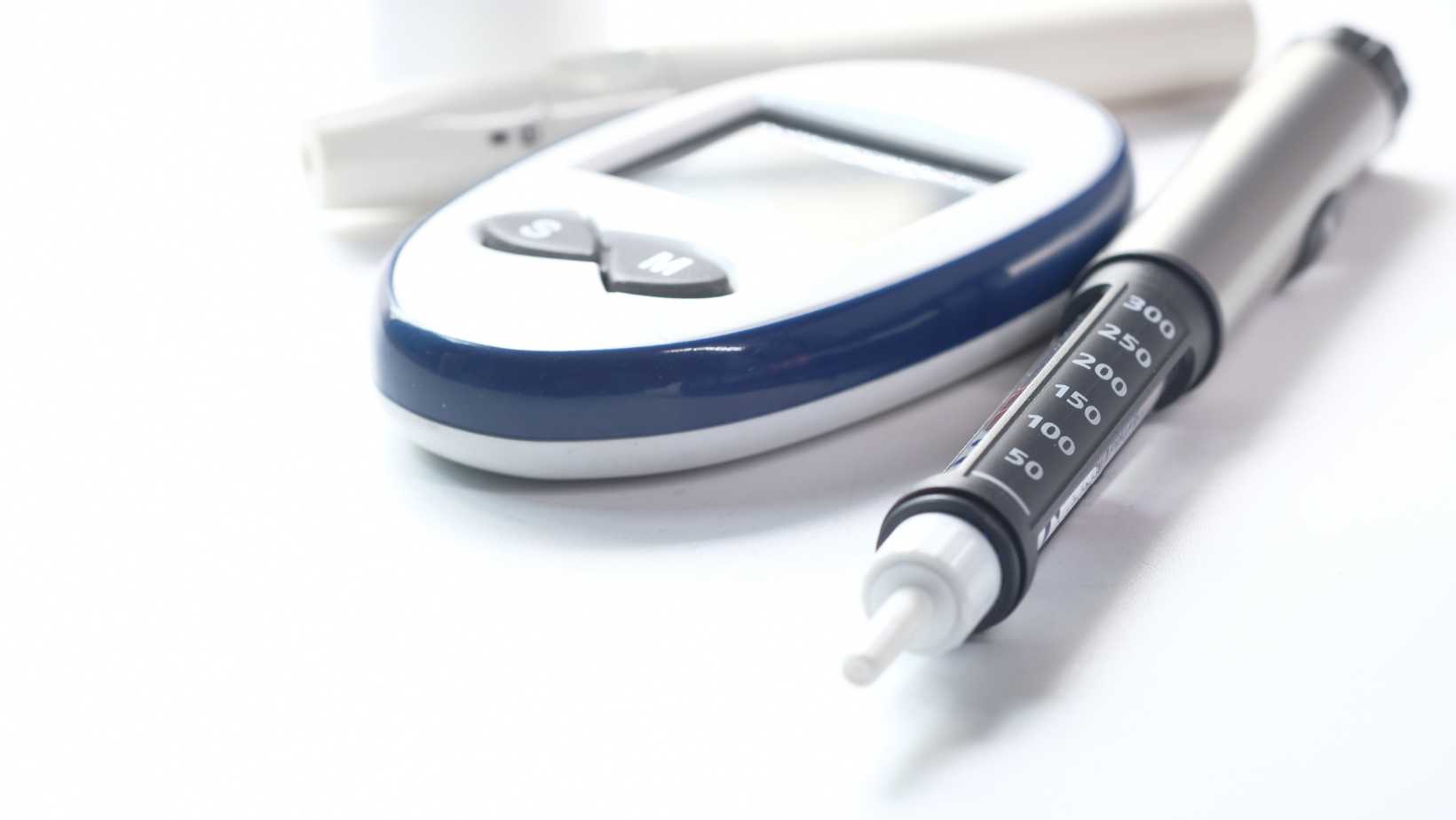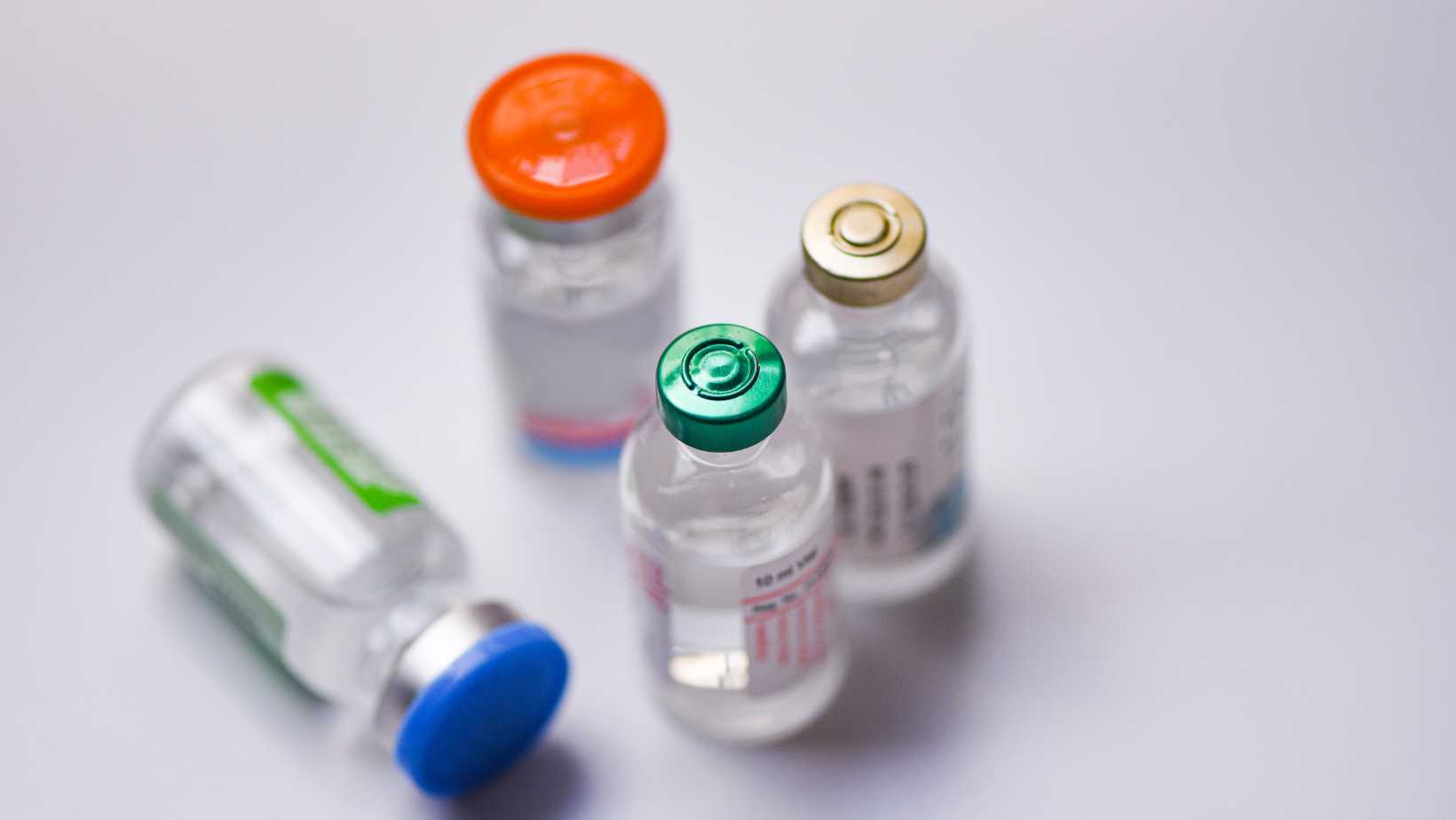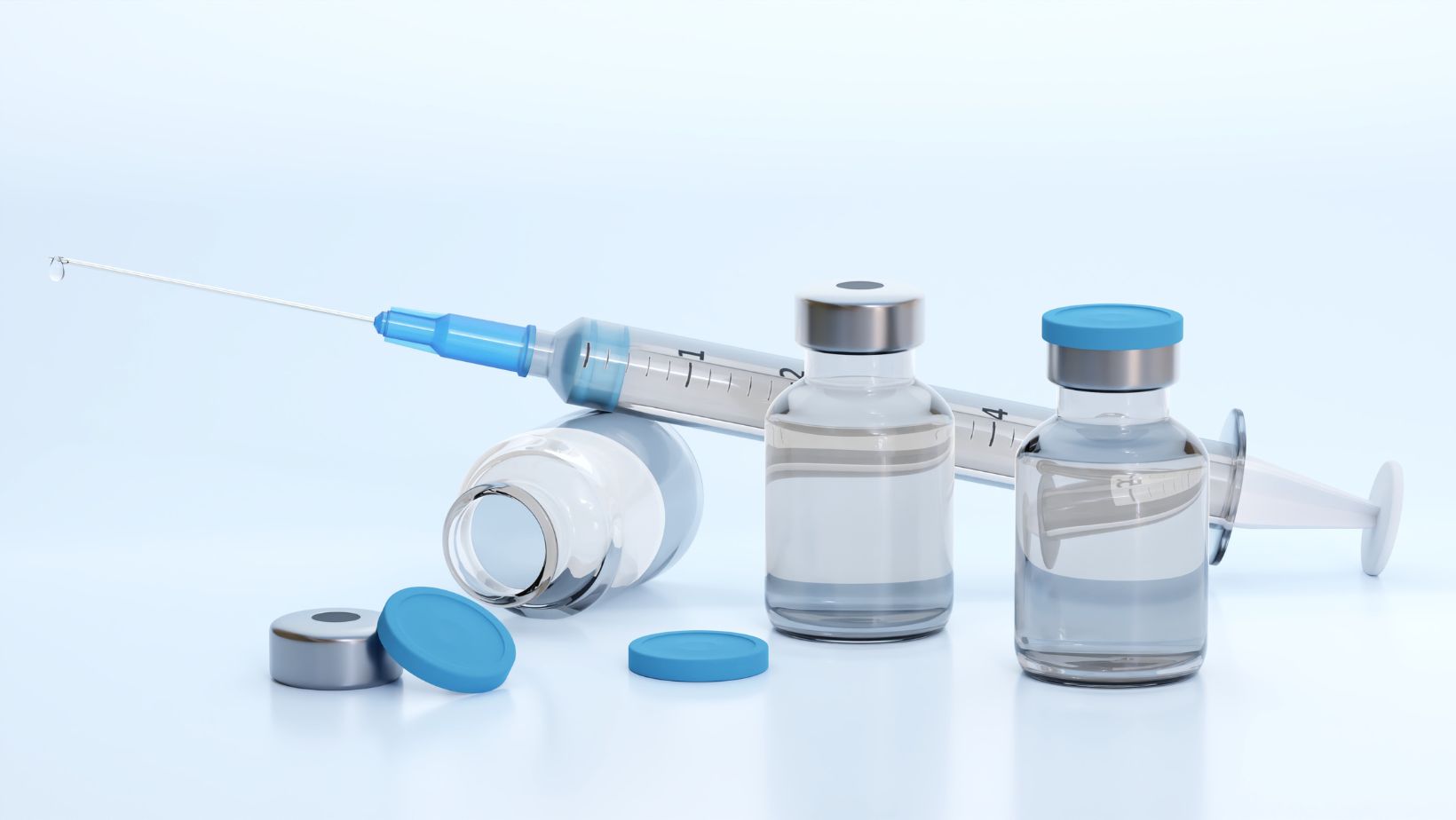Get to Know The Actual Measurement: How Many mL in a Unit of Insulin?

If you’ve ever wondered how many milliliters are in a unit of insulin, you’re not alone. Understanding the measurement can be crucial for individuals managing their diabetes and administering insulin injections. So, let’s delve into this topic and find out the answer.
In general, a standard unit of insulin is equivalent to 0.01 milliliters (ml). This means that one ml contains 100 units of insulin. It’s important to note that different types of insulin may have different concentrations, so it’s always recommended to check the label or consult your healthcare provider for specific information regarding your medication.
How Many mL in a Unit of Insulin
When it comes to understanding insulin dosages, one common question that arises is how many milliliters (ml) are present in a unit of insulin. To shed light on this topic, let’s explore the factors to consider when calculating insulin dosage, the concentration of insulin, and how to calculate the dosage for different types of insulin.
Factors to Consider When Calculating Insulin Dosage
Calculating the correct insulin dosage is crucial for managing diabetes effectively. Several factors come into play when determining the appropriate amount of insulin needed. These factors include:
- Blood sugar levels: The current blood sugar level serves as an essential guide for adjusting the dose. Higher blood sugar levels may require more units of insulin to bring them back within target range.
- Carbohydrate intake: The number of carbohydrates consumed can impact insulin requirements. Patients often learn to count their carbohydrate intake and adjust their dosage accordingly.
- Physical activity: Engaging in physical activity can affect how much insulin is needed. Exercise tends to lower blood sugar levels, so adjustments must be made according to individual needs.
Understanding the Concentration of Insulin
Insulin is available in various concentrations, typically measured in units per milliliter (U/ml). Common concentrations include 100 U/ml and 500 U/ml. It’s important to note that these concentrations refer directly to the number of units present per milliliter, rather than indicating ml per unit.
For example:
- A vial or pen labeled as 100 U/ml contains 100 units of insulin within each milliliter.
- A vial or pen labeled as 500 U/ml contains 500 units of insulin within each milliliter.
Calculating Insulin Dosage for Different Types of Insulin
Different types and brands of insulin may have varying concentrations and dosing requirements. It’s crucial to consult with a healthcare professional to ensure accurate calculations for specific insulin types. However, as a general guideline:
- Rapid-acting insulins: These insulins typically have a concentration of 100 U/ml. Dosages are calculated based on the patient’s blood sugar level, carbohydrate intake, and individual needs.
- Long-acting insulins: Long-acting insulins may also have a concentration of 100 U/ml. The dosage is usually determined by the patient’s basal insulin requirements.
Remember, it is essential to follow your healthcare provider’s instructions and work together to determine the correct dosage for your specific situation.

Factors Affecting Insulin Measurement
Insulin plays a crucial role in managing diabetes, helping to regulate blood sugar levels and maintain overall health. Understanding the factors that can affect insulin measurement is essential for accurate dosing and effective diabetes management. In this section, we’ll explore some key factors that can influence the measurement of insulin.
- Concentration of Insulin:
- Insulin is typically available in different concentrations, such as U-100 or U-200.
- The “U” stands for units per milliliter (ml), indicating the number of units present in each milliliter of insulin.
- It’s important to know the concentration of your insulin when calculating doses to ensure accuracy.
- Syringe or Pen Needle Accuracy:
- The accuracy of syringes or pen needles used for insulin administration can vary.
- Some devices may have slight variations in their markings, affecting the precise measurement of insulin.
- Regularly checking and calibrating your device can help minimize any potential errors.
- Proper Technique:
- Administering insulin requires proper technique to ensure accurate dosing.
- Injecting at an angle or not fully depressing the plunger can result in underdosing or incomplete delivery of insulin.
- Following recommended injection techniques provided by healthcare professionals is vital for consistent and reliable measurements.
- Storage Conditions:
- Improper storage conditions can impact the effectiveness and potency of insulin.
- Extreme temperatures (both hot and cold) should be avoided, as they may alter the molecular structure of insulin.
- Storing insulin according to manufacturer guidelines helps maintain its stability and ensures accurate dosage measurements.
It’s important to consult with your healthcare provider or diabetes educator for personalized guidance on insulin measurement. They can provide specific recommendations based on your individual needs and circumstances.
Remember, accurate insulin measurement is crucial in maintaining stable blood sugar levels and effectively managing diabetes. By understanding the factors that can influence insulin measurement, you can ensure optimal dosing and overall diabetes control.



